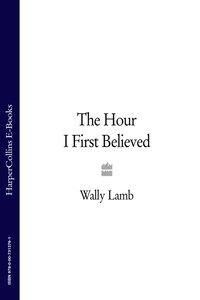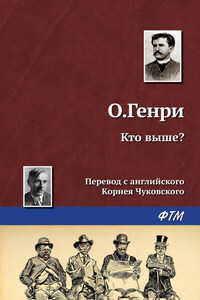I understand there was some controversy about the coroner’s ruling concerning Josephus Jones’s death. What do you think, Mr. Agnello? Did he die accidentally or was he murdered?”
“Murdered? I can’t really say for sure, Miss Arnofsky, but I have my suspicions. The black community was convinced that’s what it was. Two Negro brothers living down at that cottage with a white woman? That would have been intolerable for some people back then.”
“White people, you mean.”
“Yes, that’s right. When I got the job as director of the Statler Museum and moved my family to Three Rivers, I remember being surprised by the rumors that a chapter of the Ku Klux Klan was active here. And it’s always seemed unlikely to me that Joe Jones would have tripped and fallen headfirst into a narrow well that he would have been very much aware of. A well that he would have drawn water from, after all. But if a crime had been committed, it was never investigated as such. So who’s to say? The only thing I was sure of was that Joe was a uniquely talented painter. Unfortunately, I was the only one at the time who could see that. Of course now, long after his death, the art world has caught up with his brilliance and made him highly collectible. It’s sad—tragic, really. There’s no telling what he might have achieved if he had lived into his forties and fifties. But that was not to be.”
I’m upstairs in my studio, talking to this curly-haired, pear-shaped Patrice Arnofsky. When she called last week, she’d explained that she was a writer for an occasional series which profiled the state’s prominent artists in Connecticut magazine. They had already run stories on Sol LeWitt, Paul Cadmus, and the illustrator Wendell Minor, she said. Now she’d been assigned a posthumous profile of Josephus Jones in conjunction with a show that was opening at the American Folk Art Museum. “I understand that you were the only curator in his lifetime to have awarded him a show of his work,” she’d said. I’d told her that was correct. Agreed to talk with her about my remembrances of Joe. And so, a week later, here we are.
Miss Arnofsky checks the little tape recorder she’s brought along to the interview and asks me how I met Josephus Jones.
“I first laid eyes on Joe in the spring of 1957 when he appeared at the opening of an exhibition I had mounted called ‘Nineteenth-Century Maritime New England.’ It was a pretentious title for a self-congratulatory concept—a show that had been commissioned by a wealthy Three Rivers collector of maritime art whose grandfather had made millions in oceanic shipping. He had compensated the museum quite generously for my curatorial work, but it had bored me to tears to hang that show: all those paintings of frigates, brigs, and steamships at sea, all that glorification of war and money.
“On the afternoon of the opening, I was making small talk with Marietta Colson, president of the Friends of the Statler, when she stopped midconversation and looked over my shoulder. A frown came over her face. ‘Well, well, what have we here?’ she said. ‘Trouble?’ My eyes followed hers to the far end of the gallery, and there was Jones. Among the well-heeled, silver-haired patrons who had come to the opening, he was an anomaly with his mahogany skin and flattened nose, his powerful laborer’s build and laborer’s overalls.
“We watched him, Marietta and I, as he wandered from painting to painting. He was carrying a large cardboard box in front of him, and perhaps that was why he reminded me of the gift-bearing Abyssinian king immortalized in









